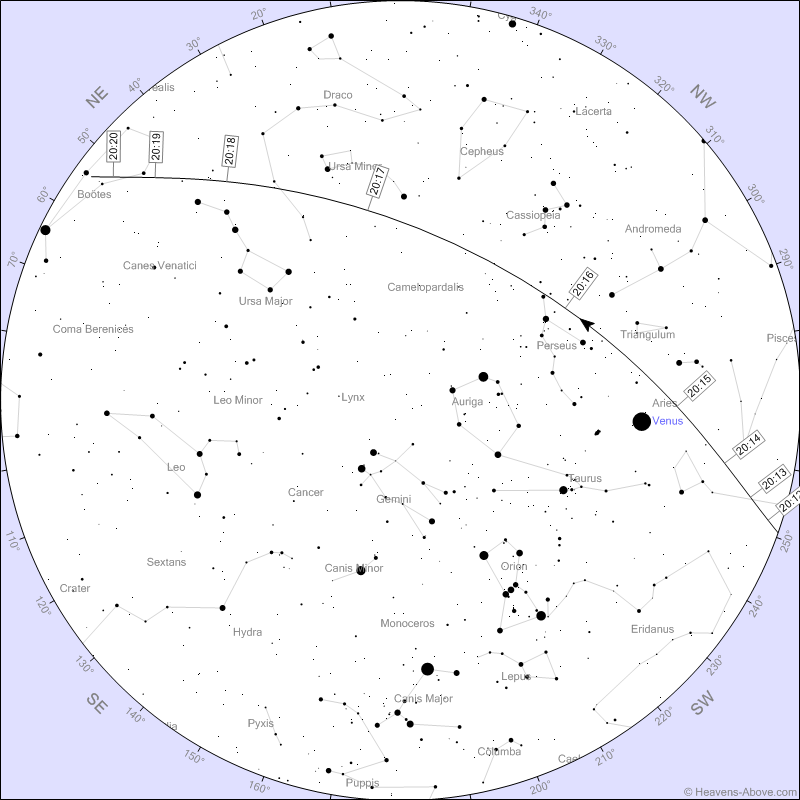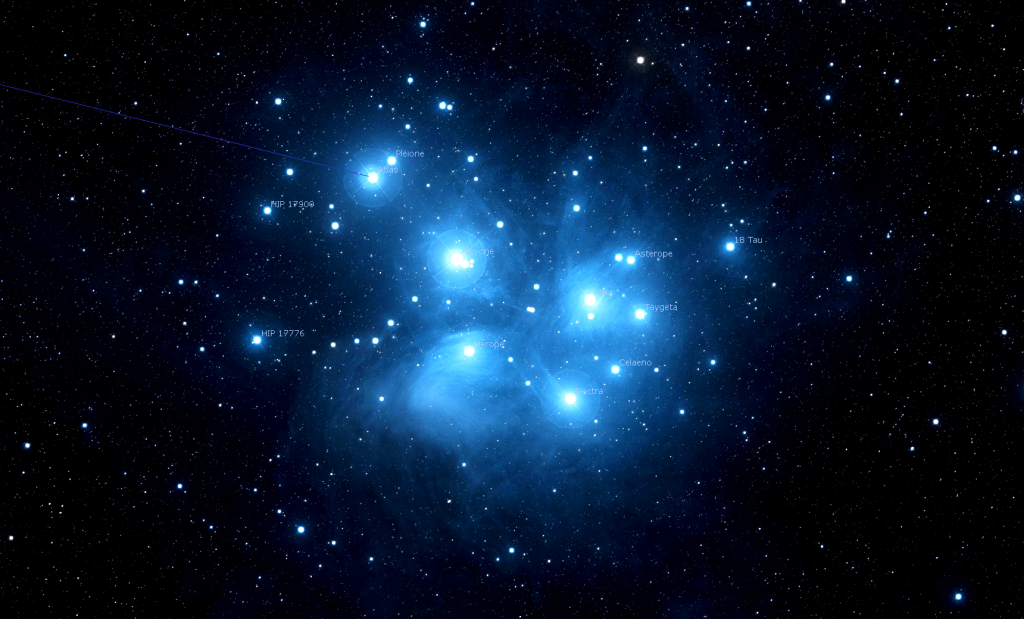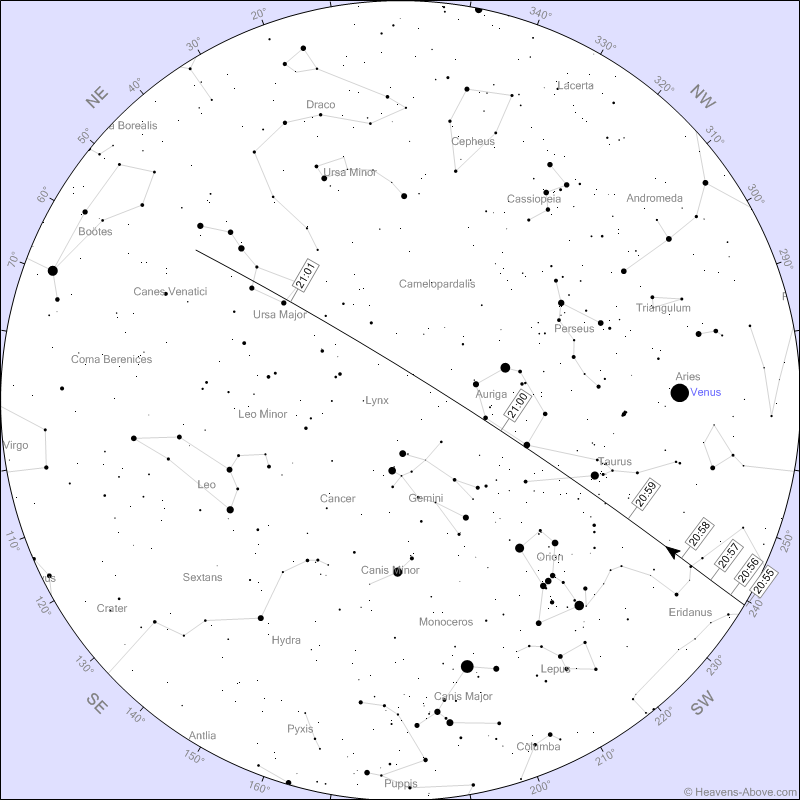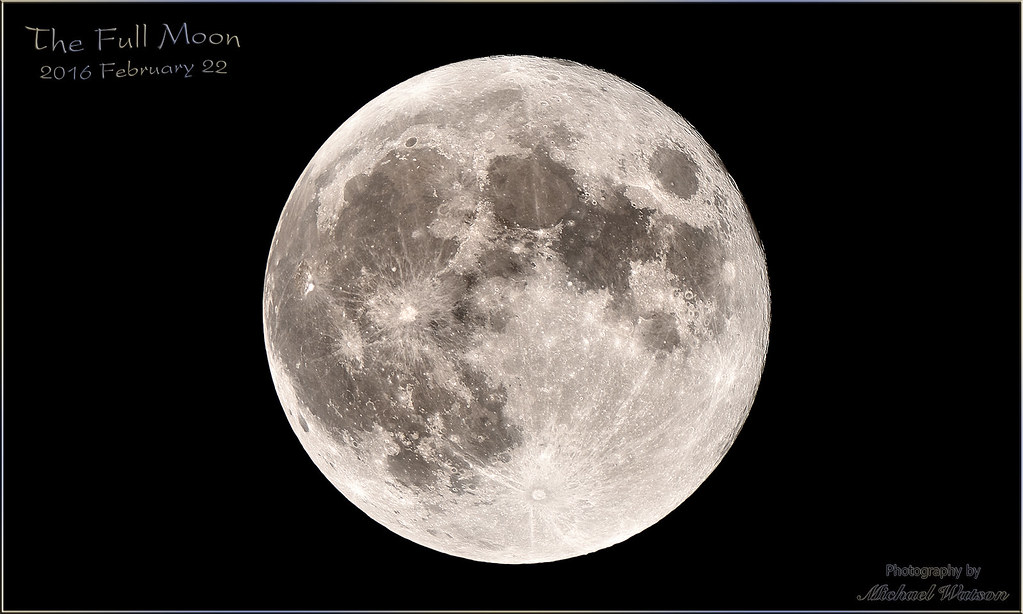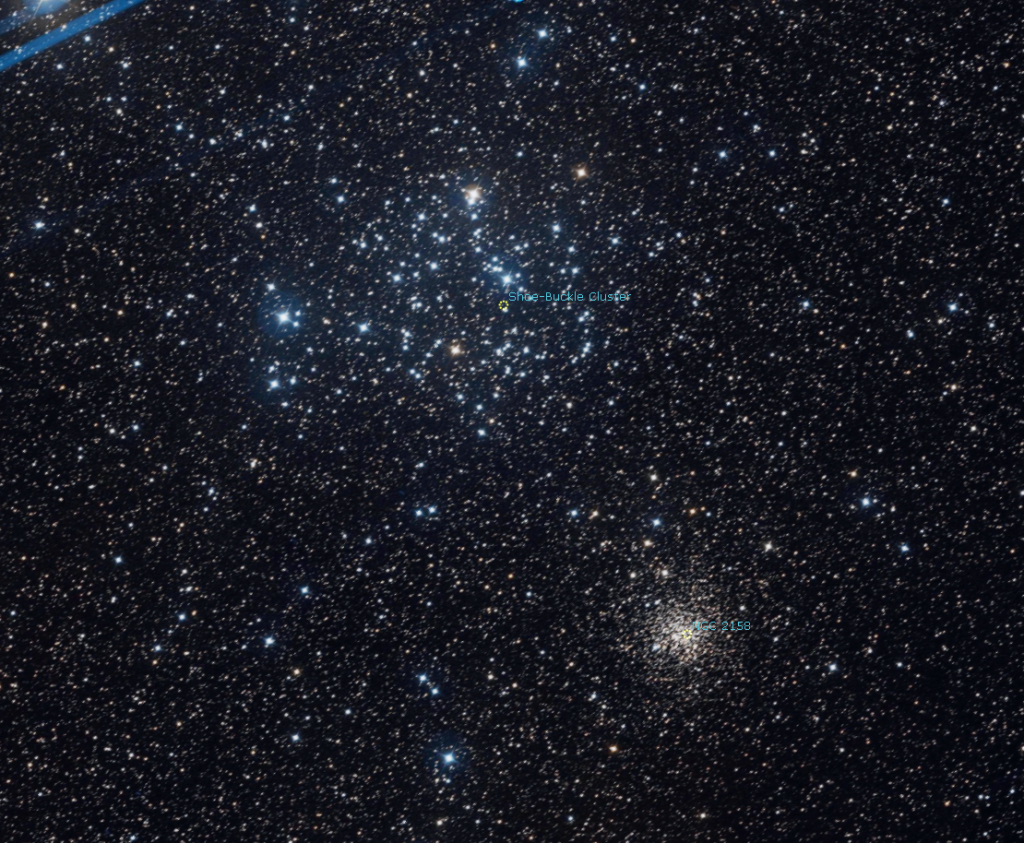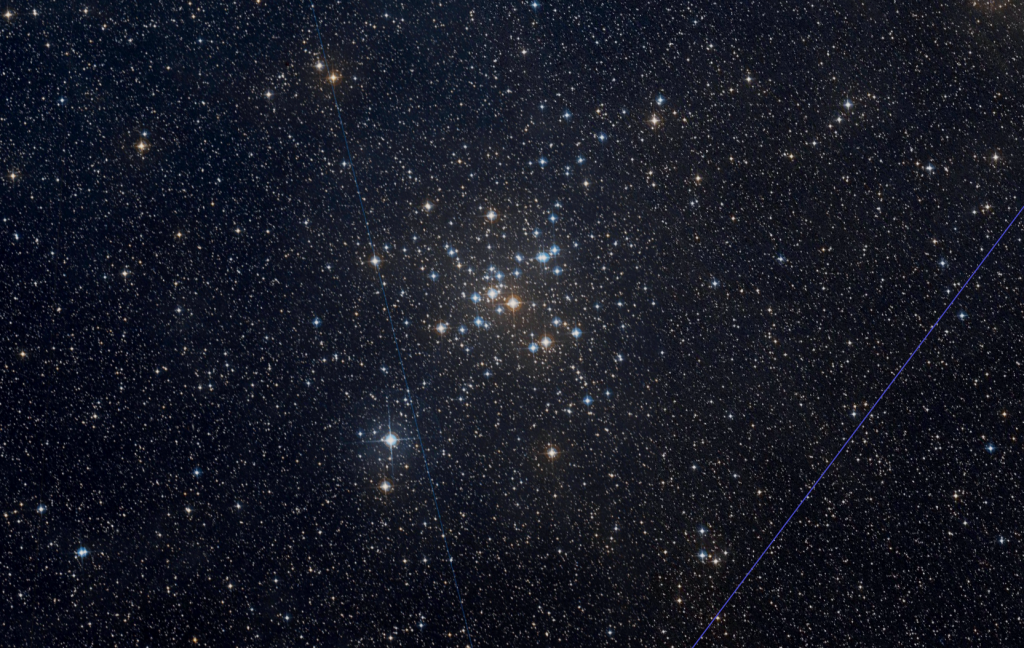The Full Pink Moon is Super, Vesta Rides near Venus, and Afternoon Astronomy Online Week Two!
This colour image of the full moon was taken in the UK by Simon Smith on August 31, 2012. It clearly shows the contrast between the dark lunar maria basalts, the white cratered highlands, and the ray systems extending from many recent impacts. Note the blue tint of titanium-enriched basalt in Mare Tranquilitatis (right of…
Read more



